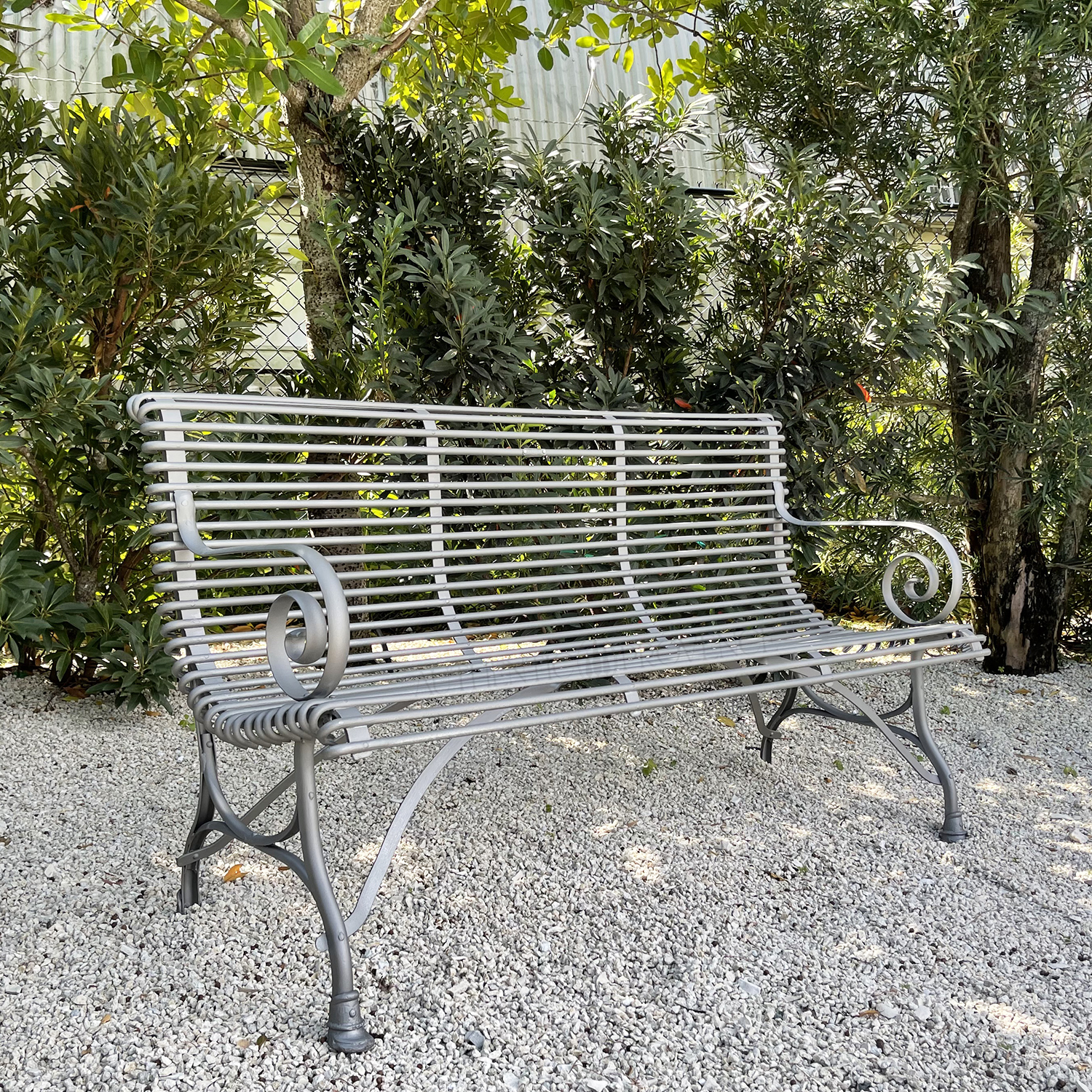
Arras Furniture
May 7, 2025
HAND-FORGED BEAUTY FROM 19TH-CENTURY FRANCE
For collectors, designers, and aesthetes with an eye for soulful detail, the galvanized ironwork of 19th-century Arras stands apart. Hand-forged in the northern French town that gives it its name, this furniture was never mass-produced—each piece was crafted with rivets rather than welds, resulting in forms that feel both elegant and enduring. What began as garden furnishings quickly earned a place in public parks, country estates, and now, interiors around the world.
Design cues speak volumes to its history. Pre-1900 chairs and benches often feature lion’s paw feet, a nod to classical decoration, while later models replaced these with more simplified hoof feet—a subtle evolution that today helps date authentic pieces. Some still bear brass plaques from makers like Grassin-Baledans, a mark as prized as any artist’s signature.


Yet the appeal goes beyond provenance. There’s a sculptural lightness to the furniture’s arched forms and tapered legs—qualities that make it as compelling indoors as out. In a garden, it recedes into the landscape; in a sunroom or quiet corner, it becomes an object of focus, never flashy but always confident in its presence.
Authentic Provence o.ers both antique originals and newly made Arras pieces, crafted in France with the same materials and methods as those from the 19th century. Whether timeworn or newly forged, each piece reflects the enduring elegance and craftsmanship of its origins—quietly timeless, unmistakably French.




